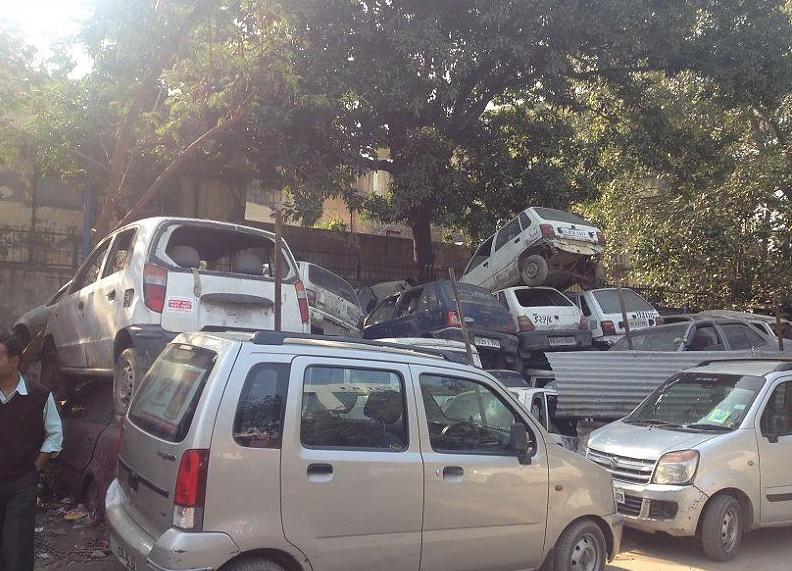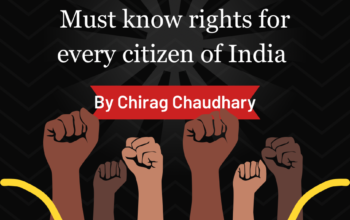The police has the power to take into custody a vehicle which is directly or indirectly involved in an offence. The vehicle is required for the purposes of investigation and collection of evidence.
For example : A car driver was driving in a rash manner and he ran into a bike which caused injuries to two people sitting on the bike. The police registered a case under Section 279 and 336 of the IPC; OR
In another example, four people came in a car and fired at a person which led to the death of the person.
Now in both the examples mentioned above, the police will first seize the vehicle involved in the offence and conduct their investigation on it. The evidence would be collected by the team of experts which eventually becomes a part of the chargesheet and subsequently the trial.
The said vehicle becomes the case property and is required for the purpose of trial in the court. Therefore, the police does not release it. But however, it may be got released from the orders of the court by filing an application of SUPERDARI. The provisions for release of case property pending the trial is laid down under section 451 of the Code of Criminal Procedure, 1973. According to it, the court may make appropriate orders for the custody of the property pending the conclusion of the property or trial which is produced before it or reported to it. Also very importantly as held by the Hon’ble Supreme Court in the case of ‘Sunderbai Ambalal Desai vs. State of Gujarat, 2002 10 SCC 283’, “The object and scheme of the various provisions of the code appear to be that where the property which has been the subject matter of an offence is seized by the police, it ought not to be retained in the custody of the court or of the police for any time longer than what is absolutely necessary”.
Therefore, interim custody may be given to the owner of the vehicle pending the trial of the case by the court on its satisfaction. For the same, an application is made to the Judicial Magistrate whereby the facts of the matter are stated and a prayer for release of the vehicle is made. The police is then directed by the court to report on the application and file either their objection or no objection to the same. The court, if it is satisfied that there is no reason to keep the vehicle in the custody of the police or court may release it to the owner or possessor of the property with appropriate conditions subject to furnishing a surety or two and a security bond of the amount generally the same as the cost of the vehicle seized.
The conditions which are generally laid down upon the release of the property include that the applicant shall produce the vehicle whenever directed by the Hon’ble Court and shall not dispose of or sell the same until the conclusion of the trial.
After the order is made, the vehicle is released by the police to the applicant.
This article is written by Advocate Pranav. He practices primarily in the Courts of Haryana. For feedback, you may write to him on his whatsapp number 9991189110 or you may also email him at pranavdefends@gmail.com




